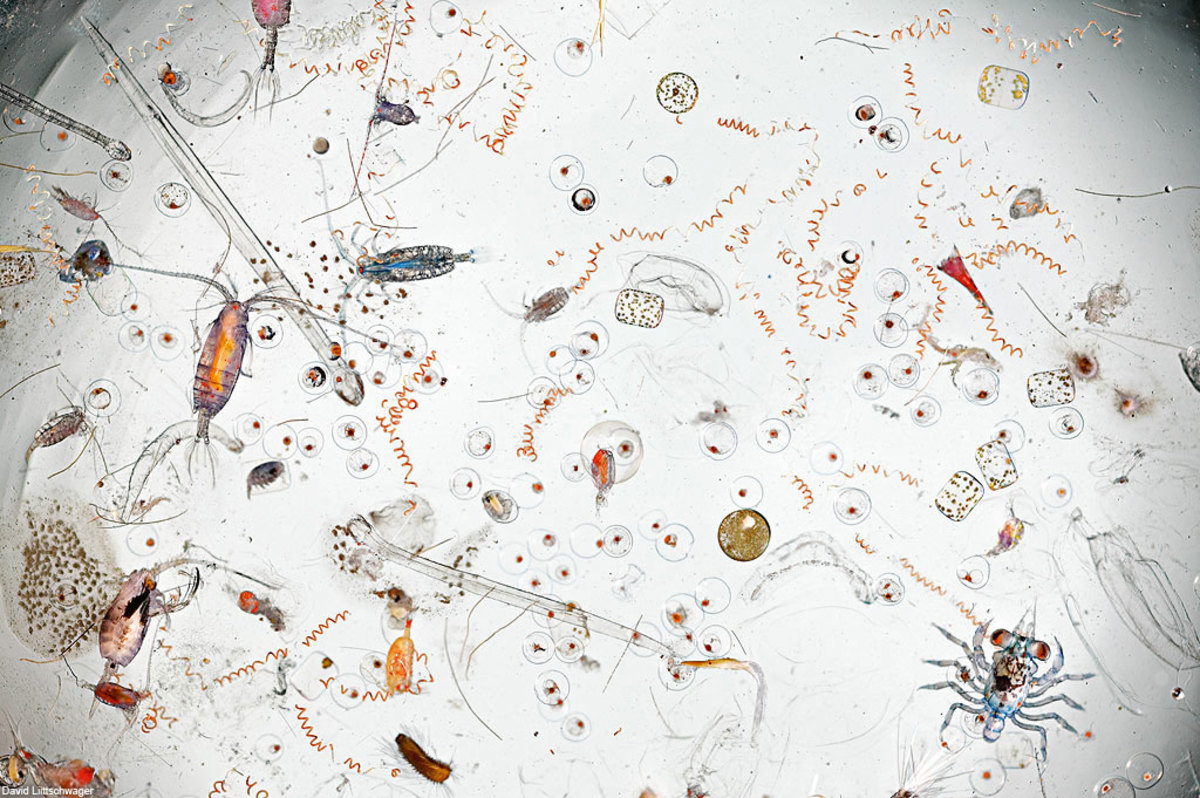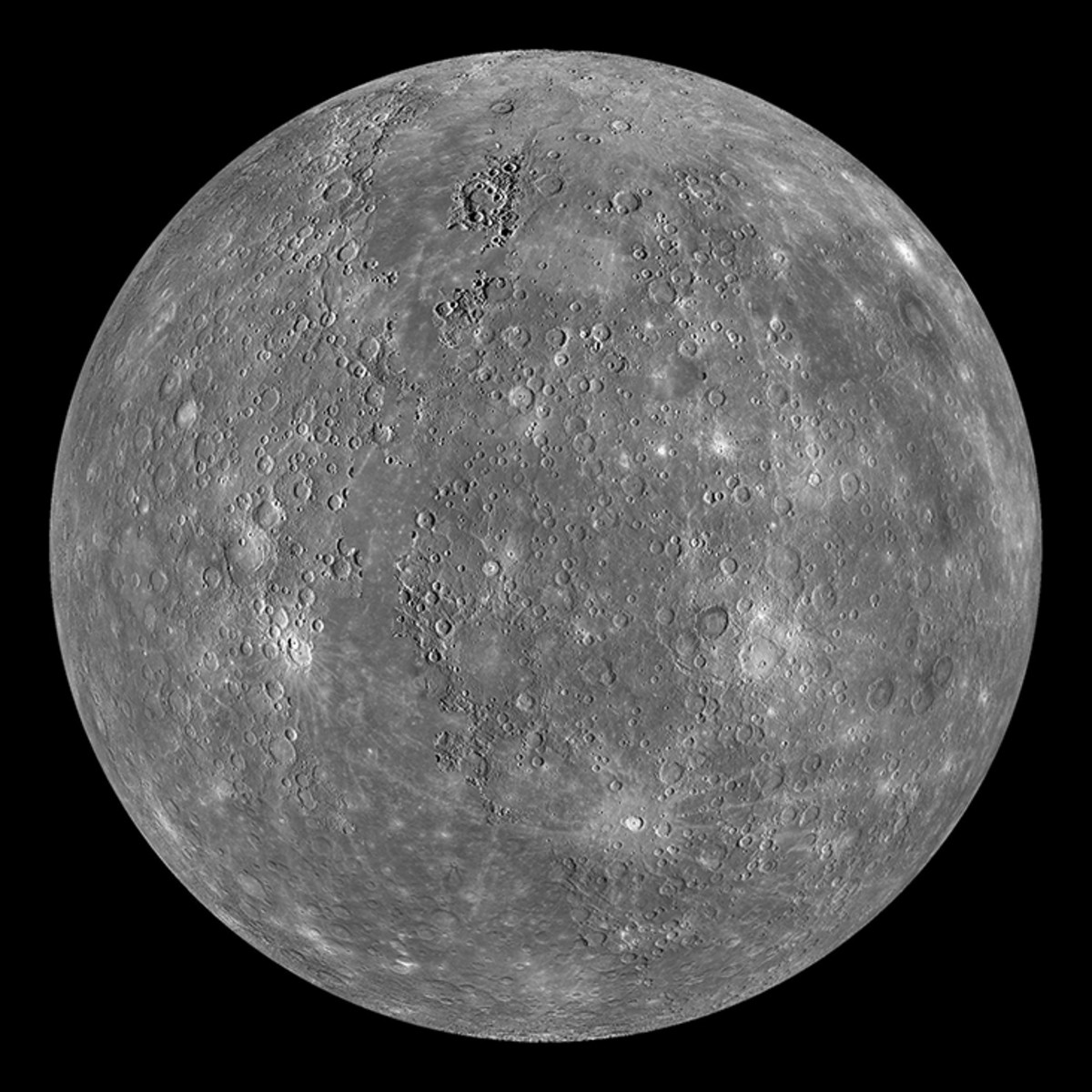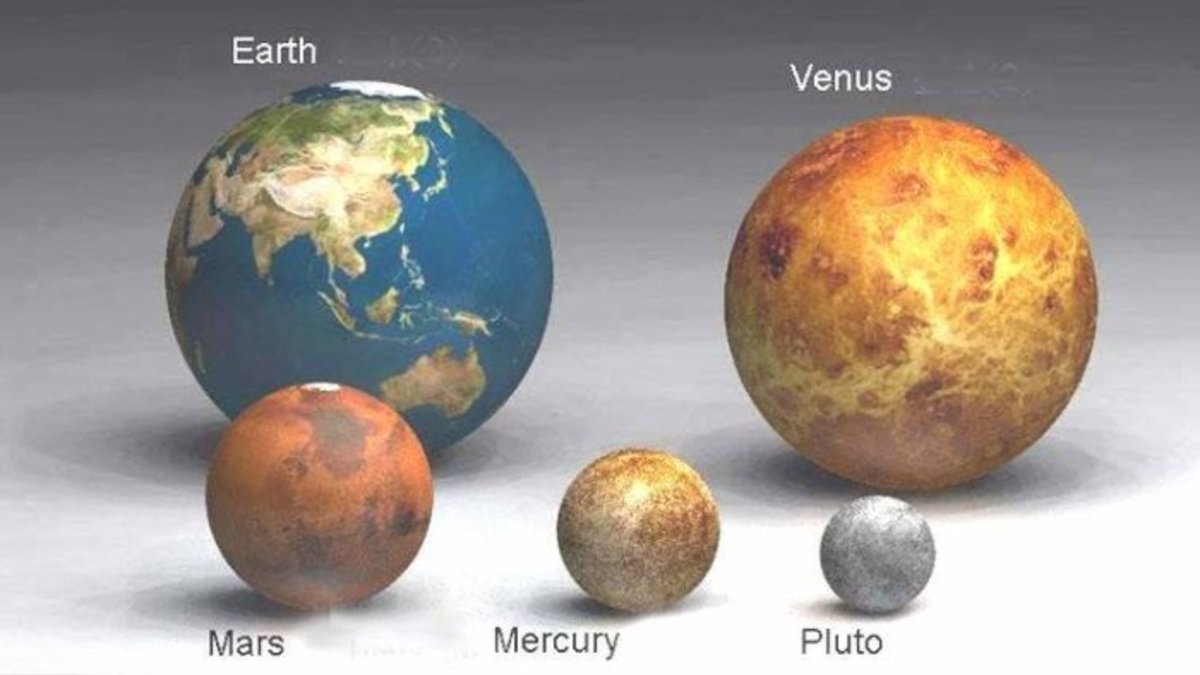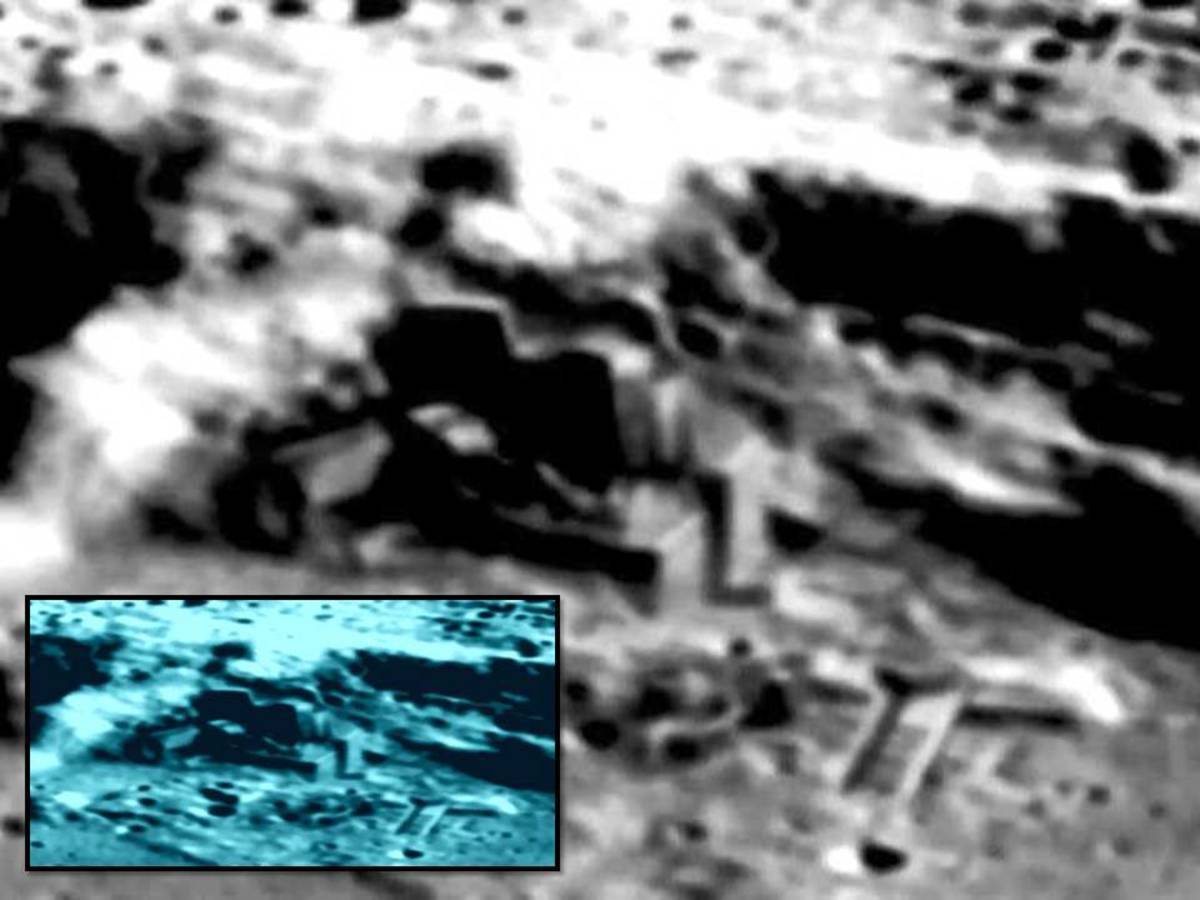The possibility of life on the planet Gliese 581 C
Extremophiles on earth tell us what is possible for exo-solar planets
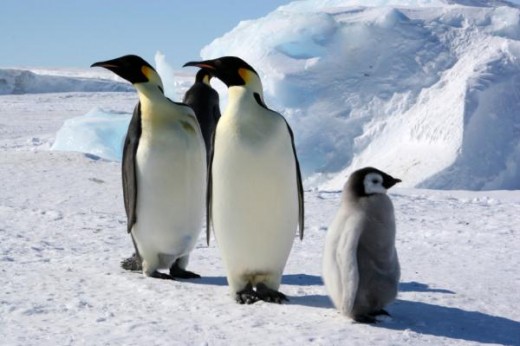
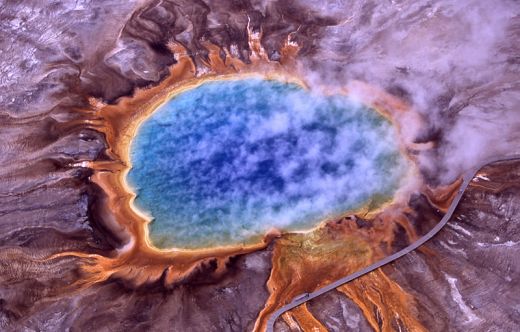
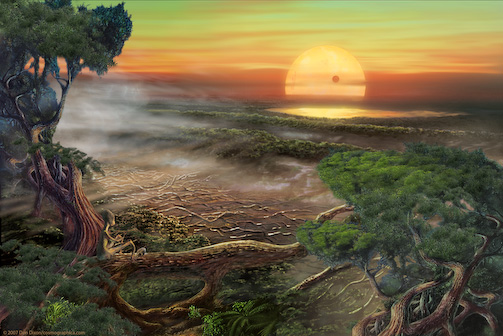
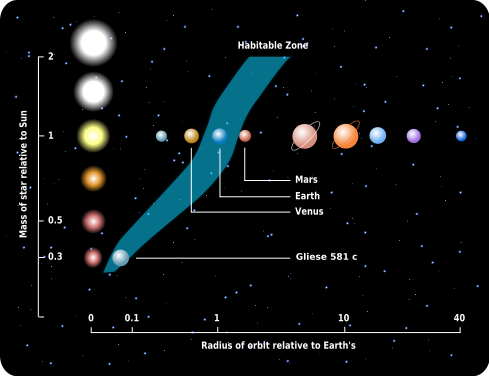
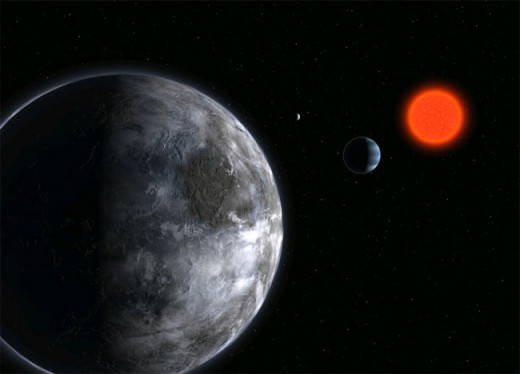
Given what we know by now, it is now possible to say that there is life among exo-solar planets
The newly discovered planet orbiting around Gliese 581 is the fourth planet found orbiting this star so far and is thus designated Gliese 581 c. This is not due to its time of discovery, but to its location in sequence from its host star. It is in orbit around a red dwarf star. We do not know its absolute mass but can determine it indirectly due to its radial velocity around its host "sun" and how much it displaces the star by tidal interaction. As for the red dwarf, we have theories as to what types of mass are involved in determining the brightness of the star and where it lies on the Hertsprung-Russell sequence of stellar evolution. But this gives only an approximation of its real mass, so there is some guesswork involved. The stellar system itself is located near the constellation Libra. As for life existing on the planet, there are a number of considerations to take into account.
There is some debate as to whether Gliese 581 c is within the habitable zone of its "sun". Some astronomers think that Glieze 581 d is more appropriately located. The stellar system is close to us, some 20.4 light years, close enough to be observed and plotted by parallax. Currently, by observing the system at half year intervals, we can fix the location in space in relation to us very tightly, which cannot be done for stars lying at 1,000 light years or more. This fact alone will help us to determine mass more accurately by examining the mean distance between the star and planets in orbit around it. In order to do this, we will need to observe the system for a few decades. By then, telescope imaging may be advanced enough to resolve the individual planets in orbit around their sun and to determine what type of atmospheres they have and if any have the signature chemicals of life.
Some astronomical considerations suggest that the mean temperature of Gliese 581 c lies between 0 to 40 digress Celsius. Temperature measures are based on the reflectivity of Venus and Earth respectively. This temperature would allow for a mix of liquid water and ice. But does Gliese 581 c contain water at all? According to analysis so far Gliese 581 c lies just outside the inner limit of its "sun's" habital zone and Gliese 581 d is just outside the outer limit. Gliese C may suffer from a run away greenhouse effect as a result of being inside of the habital zone, much like Venus in our solar system, but much would depend on the contents of its atmosphere. Gliese 581 c lies at about .08 of the Earth's radial distance from its host star and Gliese 581 d lies at about .8 of the Earth's radial distance from its "sun". In either case, both planets are on the borderline to the habital zone for the red dwarf "sun". One would be very hot and the other very cold for the comfort of life such as ours. A hot "Earth" can harbor heat adapted life such as some bacteria, tube worms and jellyfish found near thermal vents. A cold "Earth" can harbor cold adapted life that has antifreeze in its system like some extremophiles we know in Antarctica. These organisms tend to be bacterial in scale, whereas the cold adapted life can be complex; on the size of small fish, krill and shrimp.
"The discovery of the planet by the team of Stéphane Udry University of Geneva's Observatory in Switzerland was announced on April 24, 2007. The team used the HARPS instrument (an echelle spectrograph) on the European Southern Observatory 3.6 m Telescope in La Silla, Chile. The team employed the radial velocity technique to identify the planet's influence on the star. The Canadian built MOST space telescope was used to conduct a follow up study over the next six weeks. No transit was detected over this time, so a direct measurement of the planet has not yet been possible; however, the star's apparent magnitude changed very little, indicating that it provides a stable source of light and heat to Gliese 581 c."
The stellar luminosity of Glieze 581 is only .013 that of the sun or just slightly above 1 percent of the sun's brightness. Thus any life bearing planet must necessarily be a lot closer to its "sun". This carries the risk of tidally locking the closest planets to the star, something like that which has occurred with Mercury in our solar system. This tidal locking would have interesting ramifications for any life that may exist on Gliese 581 c. The sun facing side would be boiling hot with a huge cyclone centered to the star. The dark side would be in deep cold with great glaciers located around the terminator (the line of twilight between the light and dark sides). Near the glacier edges and outside of the fringes of the perpetual super storm would be a ring of habitability for more complex life, but only if the planet is tidally locked and in a nearly circular orbit, which it is not. We do not know if any of this is the case either; so this part is also speculative.
Often the case is that red dwarf stars are flare stars. There would be a random brightening and outpouring of intense radiation in the X-ray part of the spectrum with consequences to life on that planet. Flare events are like Coronal Mass Ejection (CME) events on the sun. The results are similar. Earth is far enough away and well protected by a magnetic field and atmosphere. It is likely that the hypothesized size of Gliese 581 c, about 5 times the mass of Earth, would allow for a planetary magnetic field. Owing to the low luminosity of its "sun", there is likely a substantial and dense atmosphere. All of this is yet to be determined. Along with an atmosphere is the potential for water vapor and methane, which would be signals of life. For a cold planet, water vapour and methane would act as a greenhouse gas and help to retain heat.
It is also known that Gliese 581 c is in an eccentric orbit varying between .09 and .23 in eccentricity. Thus, like Mercury, its view of the "sun" would wander back and forth in the sky if the planet is tidally locked, just like on Mercury due to Mercury's high eccentricity. The terminator would thus rock back and forth into twilight, light and darkness, making for radical temperature swings during the libation of the planet in relation to the "sun". The habitable zone might be restricted to areas like valleys and craters that never enter total darkness, but yet be shielded from the intensity of the direct "sun" in prolonged more direct exposure. More importantly, the eccentricity of the orbit would allow the planet to orbit into the habital zone for most of its year. But the “summers” would be short, scorching and brutal. This would force life to adapt by going into a possible heat resistant spore stage at this time, in order to sprout anew when the planet moves to its “winter” part of the orbit in the habital zone.
Then there is the fact of the greater gravity for something estimated to be 5 times the mass of the Earth. Greater gravity means a denser atmosphere and a much harder time to land and retrieve a space probe, not to mention the prohibitive distance from us at this time. The greater gravity would have a profound influence on life there, offering limitation to its size and shape.
Proximity to the star would indicate tidal flexing which would drive and ramp up geological activity such as volcanic eruptions, quakes and tectonic activity. Gliese 581 c would be more like Jupiter's moon Io, than Earth as a result. Much of the planet would be dominated by volcanoes and may be molten in vast tracts. Given the unknowns, what scant knowledge is known and the theory, the possibility of life on Gliese 581 c is rather remote, but not entirely ruled out.
Recent findings concerning panspermia suggest that life permeates space and could find a foothold on such a planet, even if it is just in the microbe form. Most planets that could harbor some kind of extremophile, would likely support some form of life. We also know that they are not restricted to oxygen or photosynthesis as we have found life in many curious locations on earth and have some appreciation for the history of life on Earth. Thus life on one or both of these exo-solar planets is not ruled out given what we know now. These are some of the considerations of the new field of astrobiology. The earth has many extremophiles, one of which is described below.
“After examining the slime under a microscope, the researchers identified it as Euglena mutabilis , a protozoan which has the remarkable ability of being able to survive in the toxic waters of the Berkeley Pit by altering its local environment to something more hospitable. Through photosynthesis, it increases the oxygen level in the water, which causes dissolved metals to oxidize and precipitate out. In addition, it pulls iron out of the water and sequesters it inside of itself. This makes it a classic example of an extremophile . Euglena mutabilis Extremophiles are organisms that can tolerate and even thrive in environments that will destroy most other living things. Some can even repair their own damaged DNA, a trait which makes them extremely interesting to cancer researchers. The Stierles reasoned that where there’s one extremophile, there may be others – most likely blown in by the wind.“ (6)
References:
1. Perlman, David (2007-04-24). "New planet found: It might hold life", San Francisco Chronicle .
2. Jackson, Brian; Richard Greenberg, Rory Barnes (2008). "Tidal Heating of Extra-Solar Planets"
3. Selsis et al. (2007). "Habitable planets around the star Gl 581?". Astronomy and Astrophysics 476:
4. von Bloh et al. (2007) "The Habitability of Super-Earths in Gliese 581". Astronomy & Astrophysics 476:1365-1371
5. http://www.nsf.gov/news/news_summ.jsp?cntn_id=108741
6. http://www.damninteresting.com/the-pit-of-life-and-death
A strong possibilty of a 3.1 earth mass habitable planet
- Alien World Found! Now are There Any Aliens There?
Gliese 581 is a red dwarf star residing in the constellation of Libra, located about 20.3 light years from Earth. You may have heard of this star and its solar system lately, it's made huge news in the search...


